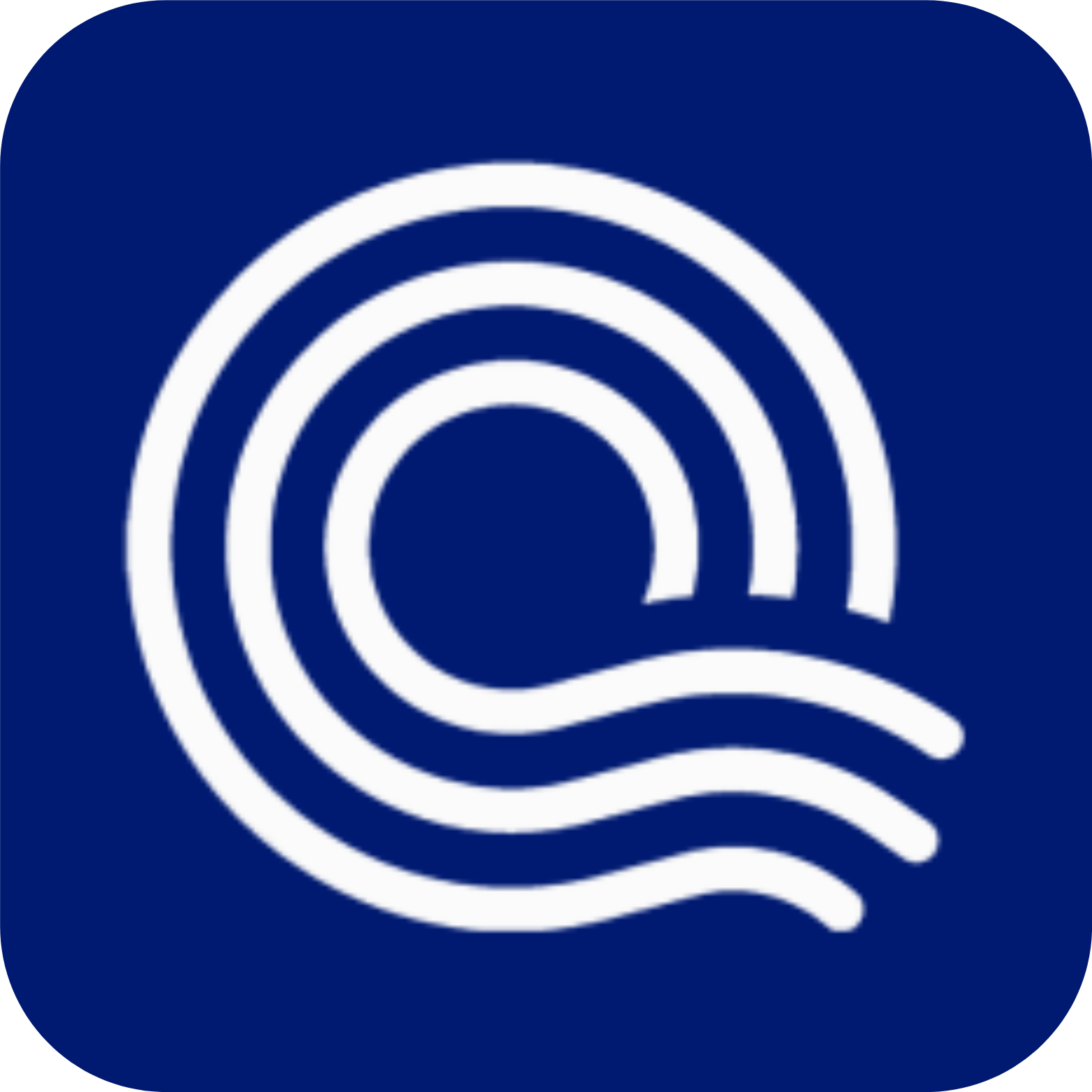Project Description:
Project Context:
For many, using the internet is an essential part of everyday life. For persons with cognitive or learning disabilities however, using the internet can be difficult. Although many efforts have been aimed to improve and equalize accessibility of the web to those with disabilities, one group has been largely omitted. These are individuals who have cognitive and or learning disabilities.
This group is large and diverse. For example it includes those with developmental disabilities such as Down's syndrome, those with traumatic brain injury, specified and unspecified learning disabilities, attention deficit disorders, some with aphasia, and some conditions along the autism spectrum. Taken together, they represent the largest group of individuals with disabilities in the United States. There are 4 times more individuals with cognitive and learning disabilities than there are individuals who are blind.
The divergence of this group makes it difficult to provide those in the field with common solutions. Individuals with cognitive and learning disabilities have vast differences in their abilities to process visual information, read and write, problem-solve, execute complex tasks, persist, or access short or long term memory. Some individuals struggle with only one cognitive task whereas others may struggle with them all. An added complication in making recommendations to the field is that what may be good design for one individual with a cognitive disability is a barrier for another (e.g., pairing images with text may aid those with poor reading skills and impair those with distractibility problems).
In the U.S., there appear to be only a handful of researchers who have studied the impact of today's web pages on individuals with cognitive disabilities. No definitive guidelines have been developed that a designer can look to for help, although there is ample expert opinion regarding the best ways to provide access.
The U.S. Access Board has requested that the TEITAC (Telecommunication and Electronic Information Technical Advisory Committee) include issues of cognitive and learning disability as they refresh the Section 508 standards. Although expert opinion is an excellent place to begin, research must follow to deliver empirically-based knowledge into the field.
Project Focus:
WebAIM(Web Accessibility in Mind), through its Outcomes Project and in partnership with the National Center on Disability and Access to Education, will help web developers consider issues of cognitive disability in their designs. The two-year development grant will focus on producing a tool intended to help Web developers create web content that can more readily be used by those with cognitive and learning disabilities.
The Outcomes Project includes a partner, Adobe, and an active Advisory Board comprised of individuals with expertise in web accessibility, cognitive and learning disabilities, education technology, K-12 systems, and individuals and parents who have children with cognitive and learning disabilities.
The Phase I grant goals are to (1) develop and refine this important technology tool with stakeholder and industry involvement, (2) test the tool for usability and feasibility, and (3) aggressively disseminate project activities and outcomes.
At the end of this 2-year period, Outcomes will have a tool ready for large-scale field tests of its effectiveness in improving educational results for children with disabilities.
A Steppingstones Phase II proposal to test the broad impact of the tool use will be submitted at the end of this development phase. If the tool has the expected impact, it could assist in improved outcomes for students with disabilities in education.
Focus of project activities for FY '08:
WebAIM staff will focus first year efforts on developing a set of evaluation rules and algorithms to be added to the popular WAVE evaluation tools (see http://dev.wave.webaim.org). Outcomes staff will gather information from (1) a comprehensive review of the literature, (2) expert opinions and feedback, and (3) testing with students with disabilities. WebAIM staff will also disseminate information about the project and it's progress through many mechanisms including electronic, print, and face-to-face (i.e., conference).
Keyword(s):
Web Accessibility, Universal Design, Internet, Cognitive disabilities








